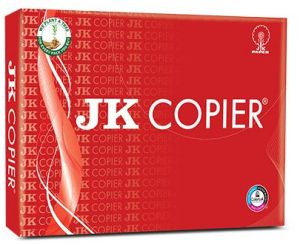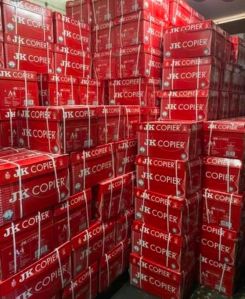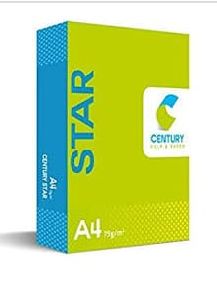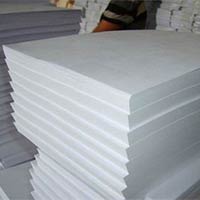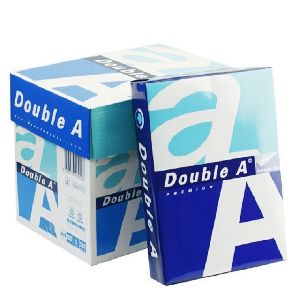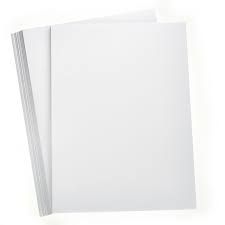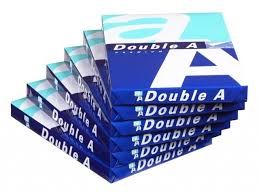- MOQ 100 Ream
- MaterialWood pulp
- Raw MaterialWood Pulp
- Brand NameJK
- Pulp MaterialWood Pulp
- Pack Size10 REAM
- ColorWhite
- ConditionNEW
- Place of OriginINDIA
Superfine and ultra-white bond paper (96+% ISO) water-marked bond paper Long-lasting whiteness Excellent stiffness Used as letterhead & in legal applications A4 size paper is one of the most widely used paper sizes across the world. With dimensions of 210 x 297 millimeters (8.27 x 11.69 inches), it is a standard size in the international paper size system (ISO 216). A4 paper is used in a wide range of applications, from personal and office use to professional and educational purposes. History and Standardization The A4 paper size originated from the A-series paper system, which was first introduced in 1922 by the German standardization organization, DIN (Deutsches Institut für Normung). The system was designed to create a unified standard for paper sizes that would be easily scalable while minimizing waste. The A4 size, specifically, became the most popular among this series due to its practical and versatile dimensions, making it suitable for various printing, copying, and writing purposes. It has since been adopted worldwide, especially in countries that follow the metric system, such as those in Europe, Asia, Africa, and Oceania. In the United States and Canada, however, the commonly used paper size is "Letter" (8.5 x 11 inches), which is slightly wider and shorter than A4 paper. Key Characteristics of A4 Paper Dimensions: The precise dimensions of A4 paper are 210 millimeters in width and 297 millimeters in length, making it rectangular in shape. This size strikes a balance between being compact enough to handle easily while still providing ample space for text and images. Paper Weight: A4 paper is typically available in various weights or thicknesses, which are measured in grams per square meter (gsm). Common weights for everyday use are 70 gsm, 75 gsm, and 80 gsm, although higher weights such as 90 gsm, 100 gsm, and 120 gsm are also available. Heavier weights are often used for more formal documents, brochures, and presentations. Paper Finish: A4 paper comes in a variety of finishes, including matte, glossy, and satin. The finish affects the paper’s appearance and texture, with matte finishes being more commonly used for regular printing and writing, while glossy finishes are typically used for high-quality color prints, such as photographs and promotional materials. Color: While A4 paper is most commonly available in white, it is also available in a range of colors. Colored A4 paper is frequently used for creative projects, promotional materials, or in organizations for color-coding documents. Quality: The quality of A4 paper can vary based on the brand and intended use. Higher-quality papers, often marketed as "premium" or "professional, " are designed for high-end printing and photocopying, with smoother surfaces and better ink absorption to prevent smudging or fading. Common Uses of A4 Paper A4 paper is highly versatile, making it a preferred choice for a wide range of uses in both personal and professional settings: Office Use: A4 paper is commonly used in offices for printing documents such as reports, letters, memos, presentations, and official correspondence. It is also used in photocopying machines for duplication of documents. Academic and Educational Purposes: A4 paper is widely used in schools, colleges, and universities for assignments, essays, research papers, notes, and handouts. Teachers also use A4 paper to create test papers, worksheets, and instructional materials. Personal Use: A4 size paper is often used for personal letter writing, invitations, and greeting cards. It’s also commonly used for printing photographs, resumes, and CVs for job applications. Printing and Publishing: In the world of printing, A4 paper is the go-to size for business cards, brochures, flyers, newsletters, and catalogues. Its dimensions are ideal for carrying information and images in a compact yet professional layout. It is also the standard size for magazines, booklets, and other printed medi


